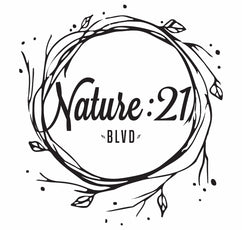
- understand your skin type (dry, oily, combination)
- understand your skincare concern: pigmentation, dryness, fine line prevention, oil-control, acne
- look at the texture or ingredients in a moisturizer (gel, cream, lotion, liquid, oil-based)
General benefits of using a moisturizer every day, twice a day
- hydrates and softens skin for a smoother texture
- reduces acne
- reduces dryness and fine lines
- support skin’s barrier function to external skin aggressors such as UV rays, dust, pollutants
- adding a moisturizing mask once a week, can help with stubborn skin dryness
Tips to get the most out of your moisturizers
- apply your moisturizer to clean damp skin after toner, serum and essence, using the best cleanser for your skin type
- warm the moisturizer in your hand before applying it
- always apply it in an upward motion, starting from your cheeks
- use different moisturizers to address multiple skin issues like t-zones
- don’t forget your forehead and neck!
There are 3 different types of moisturizers depending on their components: humectants, emollients, and occlusives.
Humectants: Hydrate the skin by keeping the skin’s outer layer moist. They attract water to the outer layer of the skin from the environment or deeper layers of the skin. Lightweight and absorbs quickly, leaving it plump practically instantly. These moisturizers are water-based, oil-free and come in gel form. Suitable for: oily skin types.
Emollients: Softens and smooth the surface of the skin. They hydrate, lubricate and keep the moisture in the skin by filling the spaces or cracks, reducing scaly and flaky skin. Emollients usually contain lipids, ceramides or fatty acids that restore and repair the skin’s barrier. They come in cream or liquid form. Suitable for: dry and combination skin.
Occlusives: They help form a barrier on the surface of the skin, which makes it harder to lose water. Its main purpose is to provide the necessary protection to retain the water it already has. They come in a thicker cream or oil-based texture. Suitable for: dry skin.
